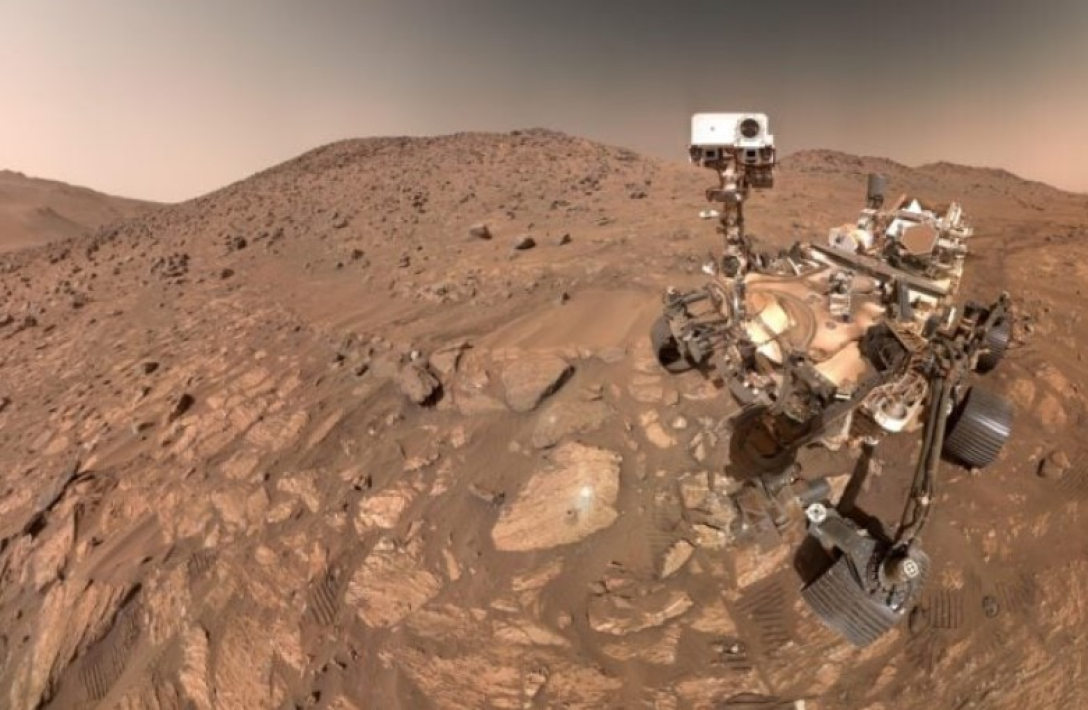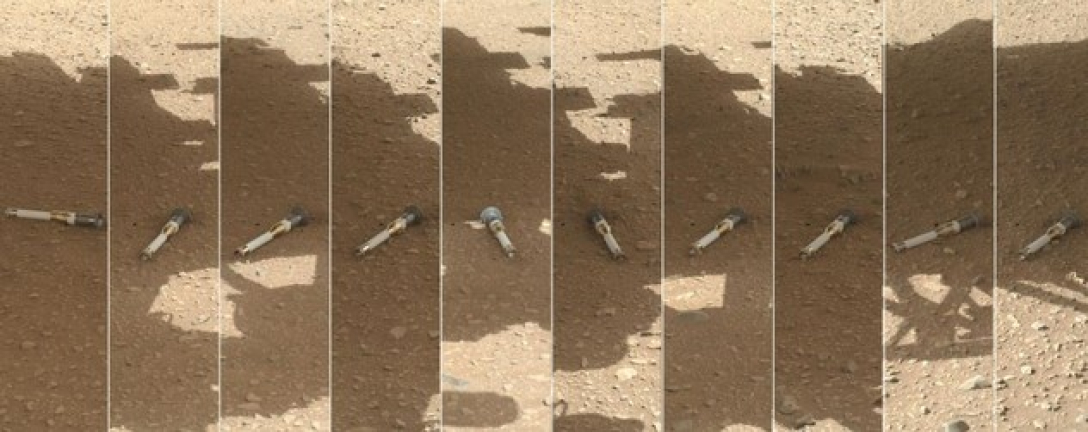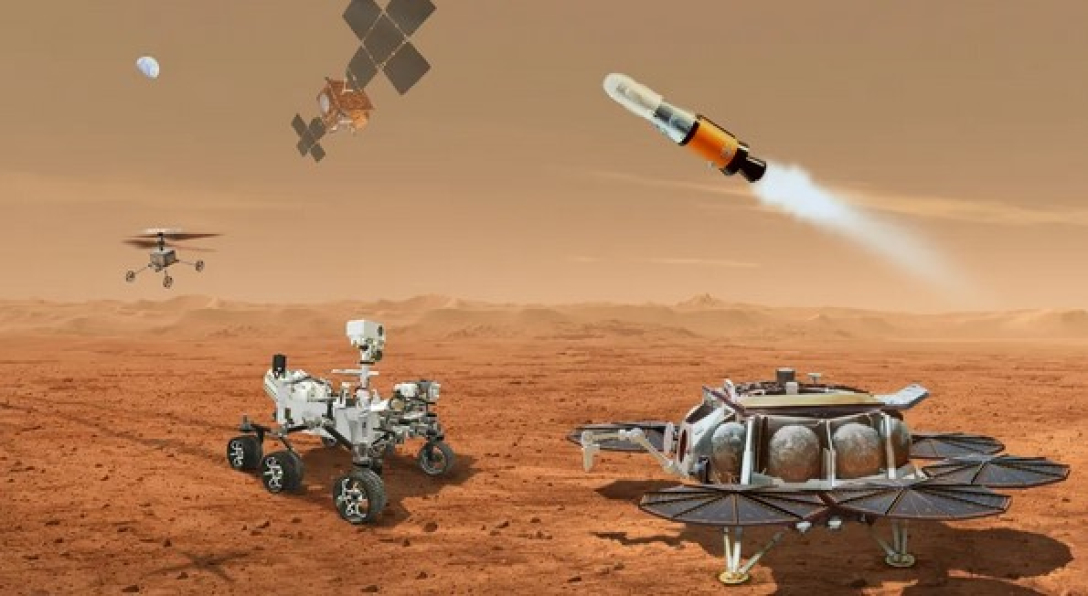NASA warns that the U.S. could lose the space race to China, highlighting plans for a mission to Mars. Watch the video for insights into their strategies.
At the press conference organized by NASA on January 7, the results of discussions regarding the plans for the Mars Sample Return mission were presented. The goal of this mission is to bring soil and rock samples from Mars back to Earth. These samples were collected by the Perseverance rover and are stored in special titanium tubes on the surface of the Red Planet. NASA introduced two approaches for implementing the Mars Sample Return mission, but a final decision will not be made until mid-2026. Preliminary data suggests this mission may occur later than a similar mission planned by China, according to Space.
Transporting 30 titanium tubes containing Martian rock and soil samples back to Earth has proven to be much more complicated than NASA initially anticipated. These samples could provide insights into the history of the Red Planet and whether extraterrestrial life ever existed there.
The cost of the Mars Sample Return mission has increased from the original $3 billion to between $10 and $11 billion. Additionally, the timeline for the mission has shifted, as preliminary reports indicate it may be pushed from the early 2030s closer to 2040. Consequently, NASA decided last year to find ways to cut costs and to do everything possible to ensure that the samples from Mars are delivered much sooner than in 15 years.

As a result, NASA reached out to private companies that could assist in solving these challenges. As disclosed at the press conference, the U.S. space agency has currently decided to focus on two strategies for implementing the Mars Sample Return mission, which differ in how the necessary equipment will be deployed on Mars.
The first strategy involves using a system called the "sky crane" for landing on Mars, which was utilized by the Perseverance rover in 2021. The second strategy involves a landing system to be provided by private companies.
Choosing the "sky crane" could reduce the mission's cost to between $6.6 and $7.7 billion. It is expected that proposals from private companies could lower the mission's cost to between $5.8 and $7.1 billion. In any case, each of these strategies represents a more cost-effective and simplified version of the original plan.

A final decision regarding which strategy will be chosen is expected to be made by mid-2026. If that happens, the spacecraft for transporting samples from Mars to Earth is anticipated to be launched in 2030. The landing module, which will collect the titanium tubes and place them in a special rocket to send the samples to the spacecraft in orbit, is set to be launched in 2031. Thus, the first-ever samples of Martian soil could be brought to Earth by 2035, assuming NASA secures the necessary funding. Initially, the start of the Mars Sample Return mission was scheduled for 2028, and therefore the samples from Mars were expected to arrive on Earth in 2031-2032.

Given this, the U.S. may lose the space race to China, which has its own similar Mars mission planned. China intends to send spacecraft to collect Martian samples in 2028, with a plan for those samples to be returned to Earth in 2031.
However, it is worth noting that the Perseverance rover has been collecting samples from various locations on Mars for several years, making them highly valuable from a scientific standpoint. In contrast, the Chinese landing module will only gather samples from a single location, which may not provide a complete picture of the history of the Red Planet.
Therefore, NASA Administrator Bill Nelson states that the missions of the U.S. and China differ significantly. Nevertheless, the country that first successfully brings samples from Mars back to Earth will make history. Only a few years remain to find out which of the two nations will triumph in the Martian space race.